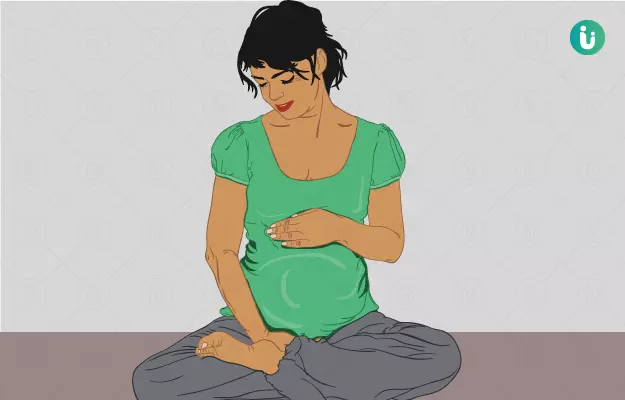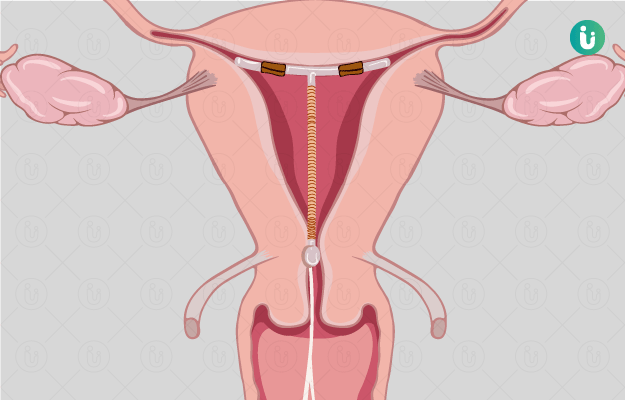Pregnancy is a pleasant feeling for any woman. Every woman wants to give birth to a healthy and beautiful baby. This process is not very complicated, but it is not very easy either. The sperm needs to meet the egg to conceive. In other words, pregnancy occurs when the fertilized egg implants itself in the wall of the uterus.
If you also want to know how to become pregnant or how a child is born, then this article is for you only.
Couples trying to conceive should consume fertility booster medicines made from Ayurvedic herbs, which are available at low prices.





































